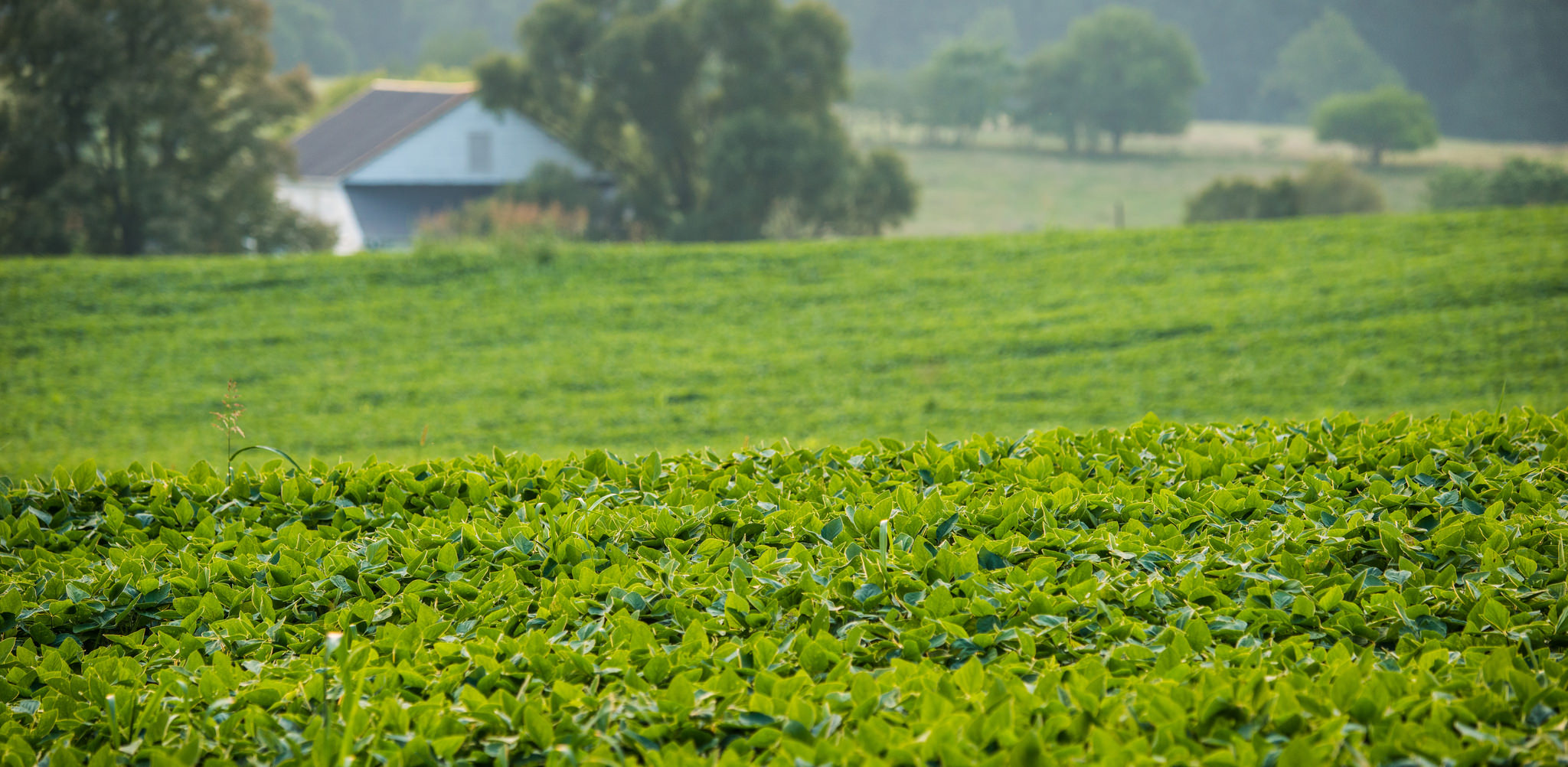I grew up on a farm in Chunchula, Alabama. It was a small operation – a few goats, turkeys, and chickens; as well as a small orchard and a few crops. The most data we collected on productivity was how many eggs I could carry back to the house in my basket on a given day. If you asked my Papa to hook up a computer or tablet to his tractor, he probably would have told you to get away from his tractor.
Fast forward twenty years and things are very different. My family lives in a city and the equipment we used to farm is wildly outdated. That’s no surprise, according to Joyce Hunter, Acting Chief Information Officer within the Deputy Chief Information Office of Policy and Planning at USDA.
Changing the Way America Farms
Today, farming equipment is as sophisticated as your smart phone. “Many people think farmers, green acres, and the Beverly Hillbillies,” joked Hunter. “But you have to go to a farm these days. It’s absolutely amazing!” Drones are used to monitor farmlands, tractors are connected to the internet via sensors, and computers execute many of the daily tasks required to run a farm.
However, there are fewer farmers using this equipment. According to Hunter, only 2% of the US population is involved in farming. At the same time, the population is growing exponentially. By 2050, USDA estimates that the United States will need to feed 9-10 billion people worldwide.
In order to meet that demand with a reduced workforce and less farmland, USDA is harnessing the power of data analytics.
Enabling Precision Agriculture
Ultimately, USDA wants to harness the power of all these data points created by connected farming equipment, drones, and even satellites to enable precision agriculture. Precision farming, defined simply, is planting the rights crops in the right places at the right time in order to get the fastest, highest yield without producing substantial food waste.
Hunter calls precision agriculture the “holy grail” because it’s the means by which we will solve the food supply and demand imbalance that we currently face. Fewer farmers will be able to produce more of the right food, in shorter amounts of time.
To achieve that precision, farmers need a lot of data to inform their planting strategies. That’s why USDA is investing in big, open data projects. “We hope open data and big data will combine together to provide farmers and consumers just the right kind of information to make the best decisions,” said Hunter.
Digging into USDA Data
How will USDA do it? Hunter reminded us that her agency is the oldest federal civilian agency, dating back to the Civil War, and they have been collecting data since that time. But now, they are doubling down on organizing and processing that data. The department is also leveraging new data sources, including the scientific instruments, sensor technologies, and mobile devices used on farms.
Most importantly, USDA is diligently working to get that data into the hands of farmers. The agency is the cornerstone of the Global Open Data for Agriculture and Nutrition (GODAN) Initiative, which supports efforts to make agriculturally and nutritionally relevant data available for public global use. So far, the project has published over 500 data sets via the federal website data.gov.
Additionally, USDA is supporting multiple civic hackathons by providing agricultural data and the agency is creating an agricultural domain within the Department of Homeland Security’s National Information Exchange Model (NIEM) to support a common set of data standards across the industry.
Finally, the department contributes to multiple specific open data projects. Hunter offered three examples:
- Office of the Secretary Disaster Clearinghouse Project – Developing a one-stop application for disaster victims to find assistance before, during and after a disaster
- Census Find it and Connect it Project – Running a pilot using USDA, NOAA and Census data to determine the economic impact of a flood on Consumers in Johnstown, PA.
- Census One City, One Problem Software Development Kit (SDK) Project – Enabling cities and counties to use data to deliver tangible and transformative results for their communities
All of these efforts combine to support the USDA Open Data Initiative, called OpenAg. It’s goal, according to Hunter, is to “expand and promote a culture of Open Government among the Department by making its information resources widely accessible, discoverable, and usable by Federal government agencies and by the general public.”
From what we learned today, USDA is well on its way to achieving that mission. Furthermore, the agency is taking innovative steps to move their data initiatives even further. Earlier this week, USDA and Microsoft announced an Innovation Challenge to award a total of $60,000 for creative ideas to leverage data to build smarter farming systems.
For more information on USDA’s data initiatives, be sure to check out Joyce Hunter’s full presentation by clicking here.
Photo Credit: Flickr/U.S. Department of Agriculture





Leave a Reply
You must be logged in to post a comment.